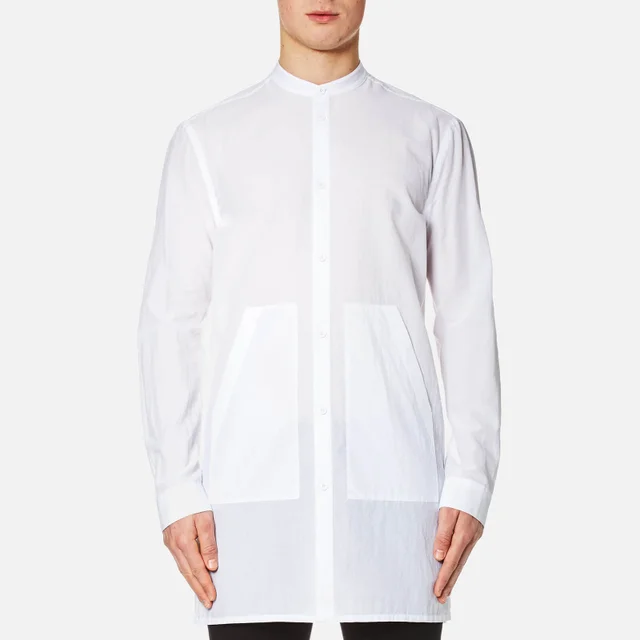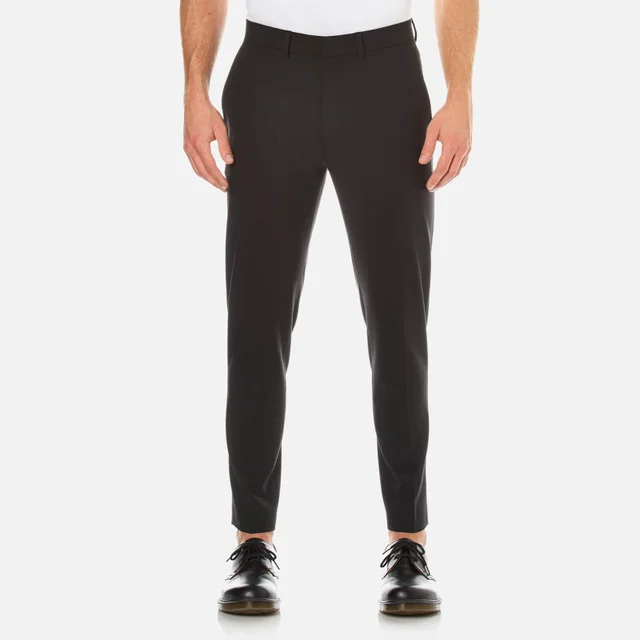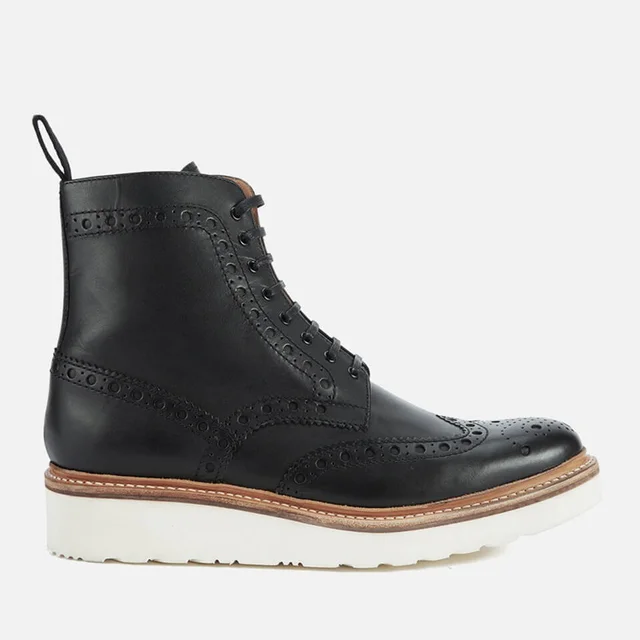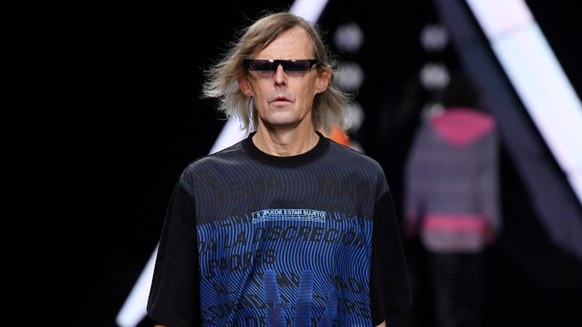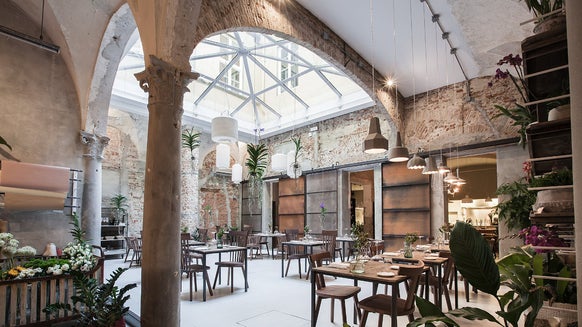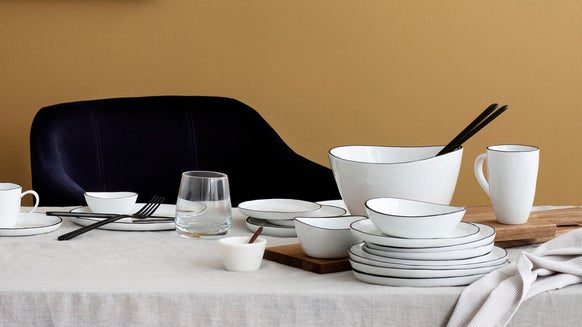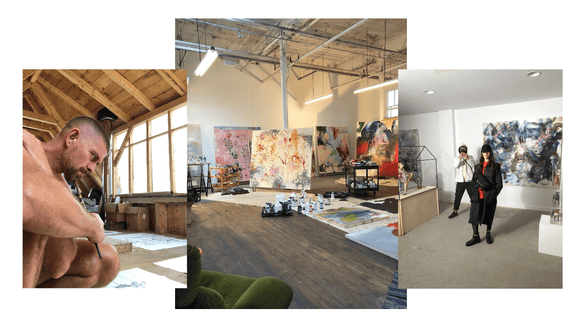An Interview with Andrew Barber
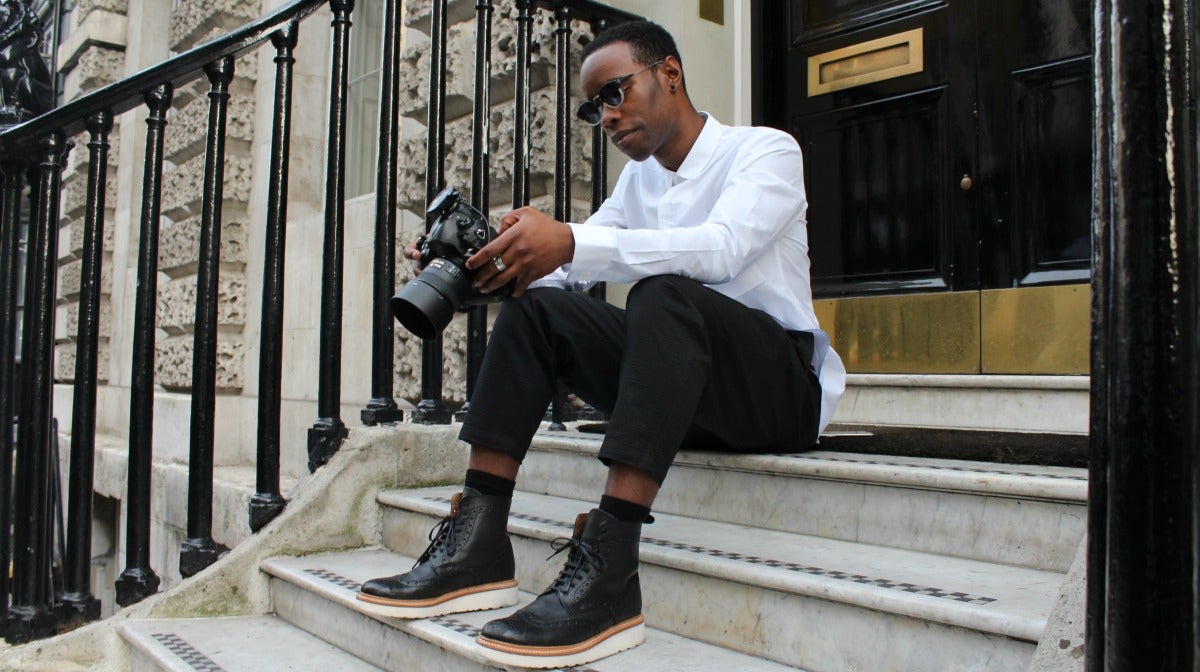
Anyone who’s been to Fashion Week or been witness to it in the flesh will know the spectacle and the hype that is street style and all it entails. As we find ourselves well and truly in the 21st century, it’s often what people are wearing on the streets outside the shows than the designers’ collections themselves that get more press coverage and more public interest, and have a greater influence on what we’ll all be wearing this season and next. Given the individuality of street style and the fact that it’s on ‘real’ people rather than worn on models in a way that can sometimes be deemed unattainable to us mere mortals, it’s no wonder that it’s become the phenomenon that it has.
The thing with street style is that the people in the shots always look so glamorous, cool and effortless – but what about the people on the other side of the lens, the photographers who capture the best looks, the most intriguing looks and the most inspirational? We caught up with Coggles’ street style photographer Andrew Barber, who told us it was anything but the ‘oh, this old thing?’ vibe that street style images emulate.
“Everything is really challenging when it comes to street style: the time frames, the requirements, getting to every show on time, trying to get something that’s natural, getting into a position where there won’t be other photographers in the way, having to deal with security like in Paris at the Grand Palais where they’ll kick you off the roads and try and put you in the back of their car. I’ve had that a few times and it’s not good.”
Add celebrities into the mix and you’ve got another challenge on your hands. With the likes of Kanye West and Rihanna branching out of music and trying their hand at design, plus the celebrity fans and endorsements that fashion houses clock up season after season, Fashion Week is often a celebrity’s playground – and with that comes more photographers, more security and more hype.
Barber’s managed to capture that element though in the past few seasons, becoming an almost-paparazzo (without the invasive connotations that come with it): “The first time I went to Paris Fashion Week, I didn’t know it was going to be as big as it was. I was taking a break and I saw A$AP Rocky coming down the street. When a celebrity comes into the picture, it goes super crazy. When you have Karl Lagerfeld turn up it goes mad. I got a picture of him last time and planned it - I knew everyone else was waiting for A$AP Rocky or Kanye West but security was pointing at this car so I knew it was Karl. I managed to get a picture of him looking directly at my camera. I also captured Olivier Rousteing and he shared it on his social media, and I’ve capture Joey Bada$$, Boy George, Kanye West. You feel like you’re part of the paparazzi.”
Getting the right image or capturing that ‘moment’ isn’t always easy either – nor is standing out among the ever-increasing world of street style photography. “Every year it’s becoming tough because there are so many photographers coming into the game; everyone wants their names on some of the big websites, some people are sometimes willing to do it for free. But you’ve got to be professional about it, you don’t want to say that you’ll do something for free and then you mess up with the client, you just want to capture something unique and that you’re meeting your clients’ requirements, which can change at any time – and I’m happy for that.
“Some want pure candid, natural shots, some want portrait shots. It’s hard to get images that aren’t staged. We see [posing] all the time and think, why do people do this? It’s embarrassing. I’ve heard rumours of people trying to pay Tommy Ton to have their picture taken and featured in a magazine.”
Street style photography can be a minefield of ‘rules’ among the photographers at Fashion Week too – something which Andrew has witnessed first-hand. “You have to understand how street style works. You need to get in line with other photographers and know that everyone wants to get a shot. There are certain rules that I follow. Whenever someone’s crossing the road you want to capture the whole outfit – shoes, handbag etc. – but if you’re on the wrong side of the road you don’t have right of way if there’s another photographer on the other side of the road.”
As for that perfect shot, Andrew says it’s all about those natural, in-the-moment ones: “Just something candid, something unique, and something you don’t usually see on the streets. In the first two seasons I was constantly taking pictures of the well-known people, hoping to get something out of it and maybe even work with them. Then I realised I don’t need to be focusing on that because everyone’s becoming more individual and they have their own style – it’s not about trends nowadays. I like that natural moment – standing on the side of a road, talking to somebody. You can tell when something’s posed, so you don’t get the same feeling when you take that kind of photograph. I look at the details, the messages on someone’s jacket or hoody – I want something unique.”
In a competitive field, it can definitely be hard to stand out, develop your photography and market yourself as a business. Barber’s route into it may not be the most usual but it’s certainly unique, and is a testament to his natural talent. During his final year of university studying Computer Science (9-5, Barber works in IT), he created an app – a mobile virtual fitting room that allows the user to key in measurements, and it will then give you sizing recommendations for an item of clothing.
“When I was doing that at university I was doing a bit of research, walking around Oxford Circus, Regent Street, the main areas, taking pictures of people, asking their thoughts on the idea and then I just got so into taking pictures of people. After I graduated from university I was constantly walking around the streets. I did a project called
“From there it became super popular and I managed to network with other people. Then someone saw my work and said we’d like you to shoot at LCM. I didn’t know there was a men’s fashion week, then when I went there I was like woah, this is how it actually is. You see all these cool and stylish people outside the venues and that’s how it all kicked off for me.”
Inspired by the likes of Liam Goslett, Tommy Ton and Scott Schuman of The Sartorialist, Barber began his street style career – and it was upon capturing one of his influencers that his following really began to grow and he started making a name for himself in the industry: “I’m never going to forget that moment. [In 2013] I saw Tommy Ton and I was like ‘hey Tommy, my name’s Andrew, I’m a really big fan’ and I realised that he was really shy so he just left and did his own thing.
“I think it was the second day of LCM and I took a picture of him standing on the corner of a road. He was standing there looking down at his camera and he was looking at some of his images. I posted that picture on my Instagram about three months later and tagged him, and the next day my phone kept on vibrating – all these people were liking my photographs, tagging me in posts and following me. Tommy Ton had posted that photo on his social media. My followers went from 500 to about 2,000 and it’s just kept growing. If people like what you do, they’ll follow you. It can be challenging but the more focused you are and the more you put effort into street style and networking with people you’ll find that something will eventually click.”
Despite going to Milan, Paris and New York to capture the style on some of the world’s most famous city streets, England’s capital remains a firm favourite for the London-born-and-bred photographer. “There’s something about LCM that I just thoroughly enjoy. The thing about London is you can be yourself. People don’t judge you – if you were to go back about four years ago people would judge you, they would look at you and it’s still like that in Paris. When I’m there taking the metro people look at me like ‘what’s this black guy doing dressed like this? Is he up to no good?’ but London, you can just be yourself and there’s always something cool to capture.
Take a look at Coggles’ Street Style archive to see Andrew Barber’s work, or visit his

